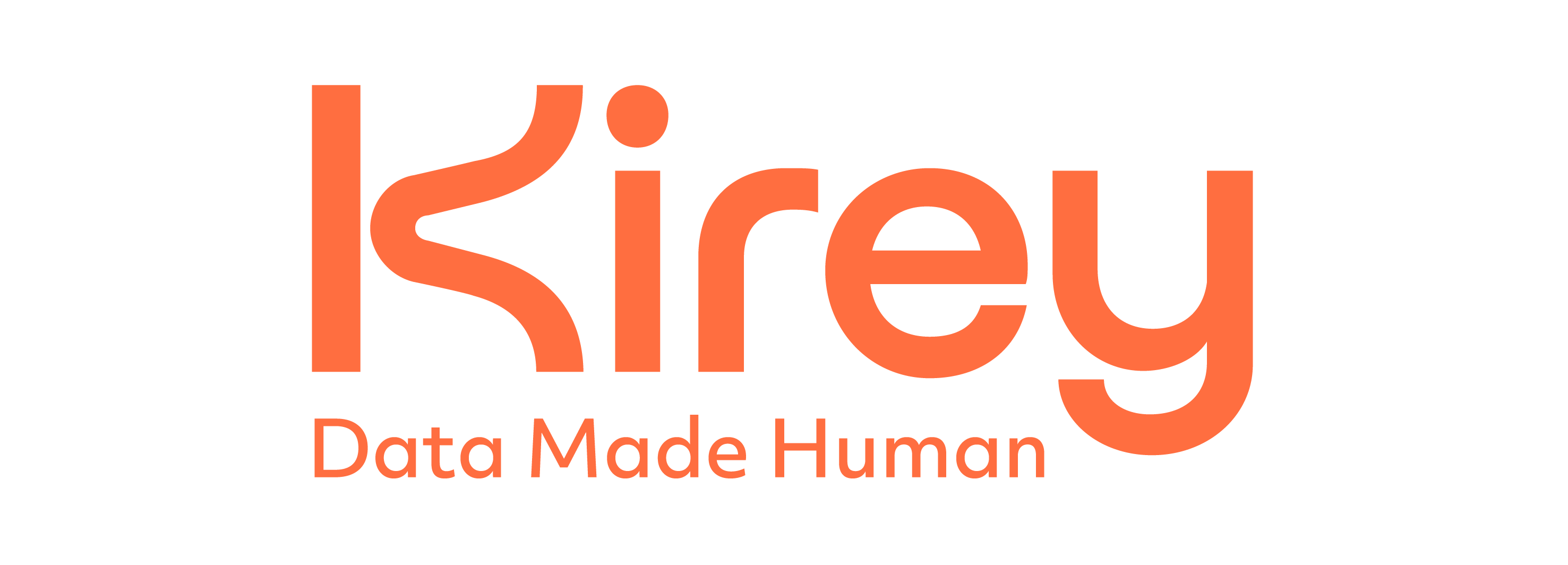What direction are technological changes expected to take in 2024?
By Manuel Zini, Senior Manager & Solution Architect, Distributed Architectures & New Technologies
We are now fully immersed in the era of "Everything as a Service": increasing connectivity speeds and sufficiently low latencies have allowed digital service providers to offer a wide range of products in a scalable and on-demand logic. According to the Cloud Transformation Observatory of Politecnico di Milano, the main drivers of this approach, especially Infrastructure as a Service (IaaS), reached a market value of 1.511 billion euros in 2023 (+29% compared to 2022), matching the volume represented by Software as a Service (SaaS), which has historically been more prevalent. Not to mention the enormous development of generative AI, opening up an entirely new application world, with a potential economic contribution ranging from 2.6 to 4.4 trillion dollars annually, equivalent to the GDP of a country like the United Kingdom, according to McKinsey.
But what will be the major IT implementations in 2024, and what logic will drive them?
1. AI will become increasingly dialogic thanks to "In-context Learning"
The ability of artificial intelligence models to learn and understand context is becoming crucial, exponentially accelerating the evolution of conversational AI. In the field of natural language processing (NLP), one of the most concrete developments is the ability of language models (LLM) to generate context-based responses. This concept, known as 'In-context Learning,' allows models to provide 'contextualized' responses based on specific information without necessarily resorting to retraining, leveraging the general linguistic capabilities already learned by the LLM. For example, we can expect more companies to use AI for the automatic extraction of information from documents. Moreover, there will be widespread use of tools that integrate AI and coding to write what would have been coded through natural language prompts. For companies looking to introduce AI into their processes in 2024, the most effective and straightforward path will be to use third-party LLMs. Currently, this is the most reasonable choice regarding project implementation costs. However, it should be considered that these pre-trained models will likely become extremely common in the future, and they will not represent a differentiating resource for the company in the long run.
2. Cloud remains at the core, while services are evolving into "cloud-native"
While initially, companies focused on a lift-and-shift approach, taking on-prem workloads and moving them to the cloud, in 2024, we will witness a new shift towards cloud-native, a term that will increasingly encompass applications and IT architectures. Today, cloud-native architectures can manage workloads as a service, no longer as a set of configured machines, through a design that increasingly resembles an ecosystem. Factors such as scalability, availability, disaster recovery, and business continuity, previously achieved through on-premise hardware, are now attainable through compositions of cloud services, representing a true paradigm shift in terms of flexibility and evolution speed. An example is the data lakehouse, a new data management architecture that combines the flexibility, cost efficiency, and scalability of data lakes with the data management capabilities of data warehouses, enabling business intelligence and machine learning.
3. Composability, the enabling paradigm of an increasingly modular world
The transition to the cloud, the adoption of SaaS, the use of marketplaces, and AI are both drivers and opportunities to facilitate "Design For Change," which is at the core of composability. Composability is a paradigm coined by Gartner where every company, in the future, must be capable of modifying itself through the reassembly of business capabilities and the change of processes in response to variations in external market conditions or the overall context. Composability arises not so much from the concern of breaking down old corporate monoliths but from the ability to use new services offered by the cloud, which require modularity in architecture and thinking. For companies to be truly adaptable and ready for change, they must be able to manage and choose products composed of reusable and easily integrable modules, the so-called Packaged Business Capabilities. This way, it will be possible to define and govern software as a 'product' in close alignment with business needs, through the composition of PBCs.

